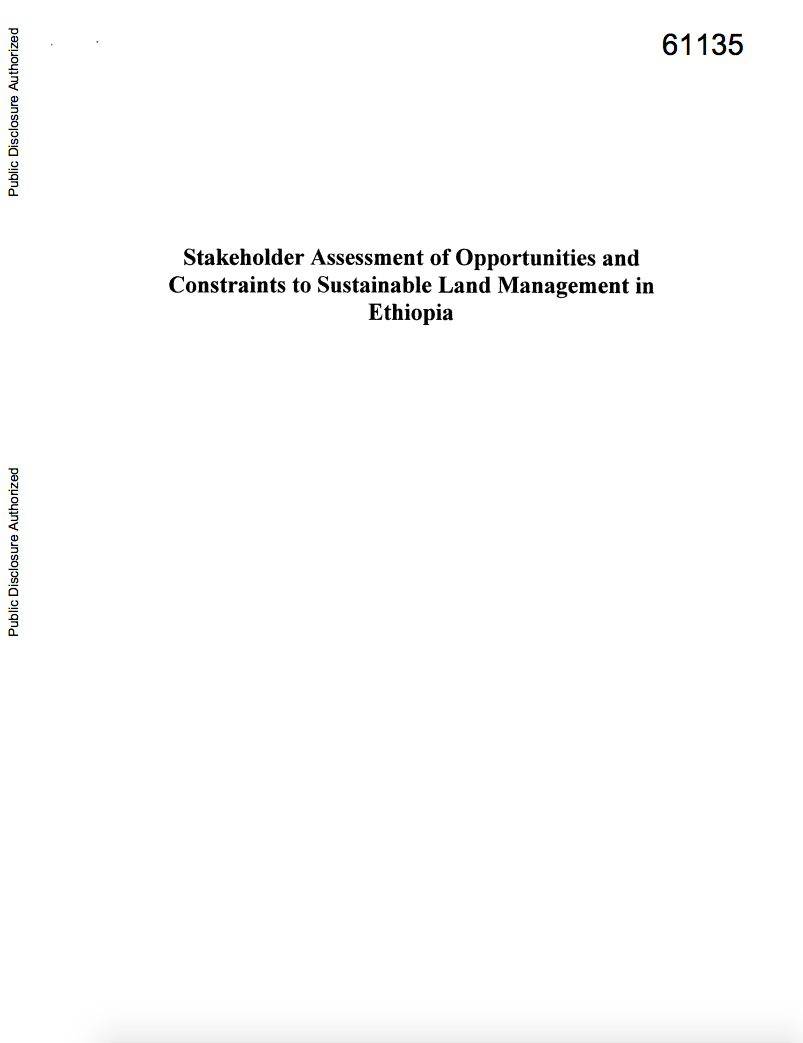Comprehensive Assessment of the Agriculture Sector in Liberia : Volume 1, Synthesis Report
The overall objective of the
Comprehensive Assessment of the Agricultural Sector (CAAS)
is to provide an evidence base to enable appropriate
strategic policy responses by the Government of Liberia
(GoL) and its development partners in order to maximize the
contribution of the agriculture sector to the
Government's overarching policy objectives. Given the
strong relationship between growth in agricultural


